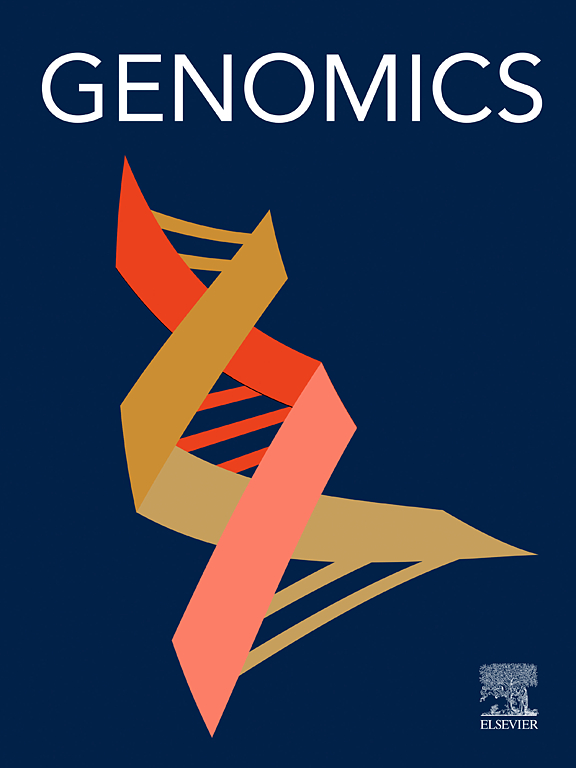miR-144 regulates bovine skeletal muscle satellite cell proliferation and differentiation by targeting the NACC1 gene
IF 3
2区 生物学
Q2 BIOTECHNOLOGY & APPLIED MICROBIOLOGY
引用次数: 0
Abstract
MicroRNAs (miRNAs) are small, non-coding RNAs encoded by eukaryotic genomes that exhibit tissue-specific and temporal expression patterns. They play multifaceted roles in regulating gene expression across various tissues and developmental stages through several regulatory pathways. miR-144 has been implicated in cellular development in multiple species. However, its specific role in bovine skeletal muscle satellite cells (BSMSCs) remains unclear. The study aimed to elucidate the function of miR-144 in BSMSC development. The findings indicate that miR-144 inhibits BSMSC proliferation while promoting its differentiation. miR-144 overexpression led to the identification of 476 differentially expressed genes (DEGs) through RNA sequencing (RNA-seq), which were primarily involved in adrenergic, MAPK, and PI3K-AKT signaling pathways. Dual luciferase reporter assays confirmed that NACC1 is a target of bta-miR-144. Further analysis revealed that NACC1 promotes BSMSC proliferation and suppresses its differentiation. Collectively, these results suggest that miR-144 modulates BSMSC development by negatively regulating the NACC1 gene.
miR-144通过靶向NACC1基因调控牛骨骼肌卫星细胞的增殖和分化
MicroRNAs (miRNAs)是由真核生物基因组编码的小的非编码rna,具有组织特异性和时间表达模式。它们通过多种调控途径在不同组织和发育阶段的基因表达调控中发挥多方面的作用。miR-144与多种物种的细胞发育有关。然而,其在牛骨骼肌卫星细胞(BSMSCs)中的具体作用尚不清楚。本研究旨在阐明miR-144在BSMSC发展中的功能。研究结果表明,miR-144抑制BSMSC增殖,同时促进其分化。miR-144过表达导致通过RNA测序(RNA-seq)鉴定出476个差异表达基因(deg),这些差异表达基因主要参与肾上腺素能、MAPK和PI3K-AKT信号通路。双荧光素酶报告基因检测证实NACC1是bta-miR-144的靶标。进一步分析发现,NACC1促进BSMSC增殖并抑制其分化。总之,这些结果表明miR-144通过负调控NACC1基因来调节BSMSC的发育。
本文章由计算机程序翻译,如有差异,请以英文原文为准。
求助全文
约1分钟内获得全文
求助全文
来源期刊

Genomics
生物-生物工程与应用微生物
CiteScore
9.60
自引率
2.30%
发文量
260
审稿时长
60 days
期刊介绍:
Genomics is a forum for describing the development of genome-scale technologies and their application to all areas of biological investigation.
As a journal that has evolved with the field that carries its name, Genomics focuses on the development and application of cutting-edge methods, addressing fundamental questions with potential interest to a wide audience. Our aim is to publish the highest quality research and to provide authors with rapid, fair and accurate review and publication of manuscripts falling within our scope.
 求助内容:
求助内容: 应助结果提醒方式:
应助结果提醒方式:


